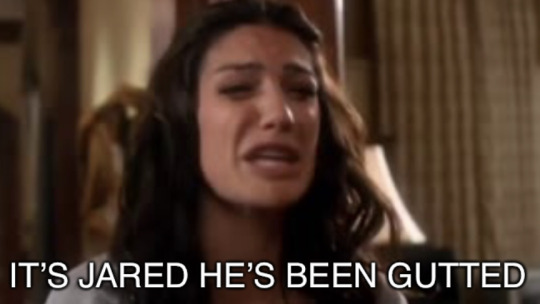A curious mind :pDoctor Who, Glee, and other cliched fandoms.Main for @amy-arts
Don't wanna be here? Send us removal request.
Text
huh !
103K notes
·
View notes
Text
imho j&j had a late one last night
423 notes
·
View notes
Text
playing poker with my friend and he lays down a straight flush but it has two kings so i tell him that’s wrong but it’s pride month and the gay flush is allowed during this month
16K notes
·
View notes
Photo

Rita Hayworth and Fred Astaire in a publicity photo for You Were Never Lovelier (1942)
#people don’t understand how much better the dancing is in this movie than in other fred astaire films#like she didn’t just keep up with him she pushed him to be better#rita hayworth#fred astaire#you were never lovelier#film
195 notes
·
View notes
Text
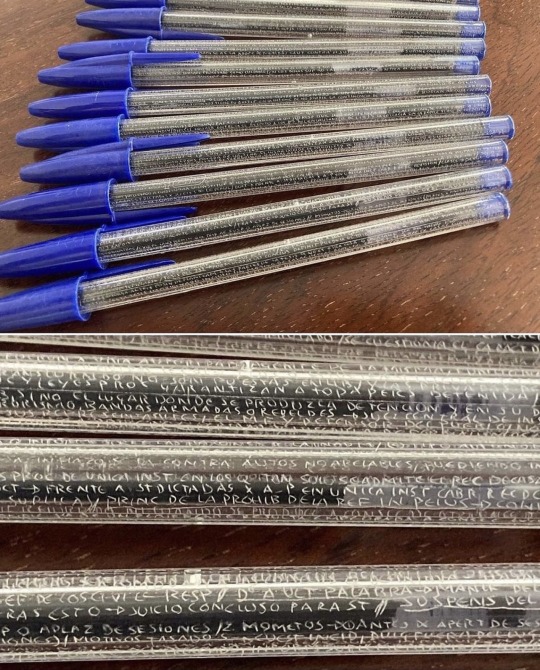
Confiscated pens containing cheat notes intricately carved by a student at the University of Malaga, Spain. (2022)
174K notes
·
View notes
Text
step 1. get everyone in the world to want to fuck me
step 2. vow of celibacy
26K notes
·
View notes
Text
Hot take but I really do think that some of y’all need to consider how/why/when/how often you’re making fun of straight people for being straight
I do it too, I’m not going to pretend I don’t make jokes about the hets, or the down with cis bus, or whatever
But I recently befriended a cis, straight dude and I have watched him be dismissed, degraded, and unambiguously insulted for the perceived “crime” of being straight — all in queer environments where he is allegedly “completely welcome” and surrounded by “friends”
This guy is not a toxic person! But I have seen him be made to feel so small and like his comfort and safety in those spaces are conditional on his silence and acceptance of being treated like a human dunk zone, and I think that some of y’all have had so much shit from straight/cis people that the second you feel like you’ve got an inch, you want to luxuriate in the perceived catharsis of bullying someone who— actually —doesn’t deserve it
And until he very, very carefully mentioned to me in private that it makes him feel bad, I didn’t even clock that I was involved in doing that, that it had become so instinctive for me to make casual jokes like that, and that— well meaning or otherwise —I had been contributing to an environment that made someone I really really like feel like shit
So, I dunno, I think maybe some of y’all should think about that too
#will also say back when i was straight and just coincidentally had a very queer friend group#this treatment did not make me feel more comfortable to come out
41K notes
·
View notes
Text
In recent years of Dr who the doctor generally doesn't use physical violence due to his moral scruples but in 60s who the doctor generally didn't use physical violence bcos he was delegating it to whichever handsome 21 year old boy he was toting around
3K notes
·
View notes
Text
Asking because I overheard a physical therapist say that she uses this question to see if she wants a second date with a guy, and if he says more than like 4 eggs at once it's a red flag.
#my thought process is#that if i were hungry#i could probably do 2 fried then 2 hard boiled and like 3 scrambled and then a bunch of pavlova or angel food cake#food#polls
9K notes
·
View notes
Text
I took my little brother (autistic, mostly non verbal) out and he was using his voice keyboard to tell me something, and this little boy (maybe 4 or 5?) heard him and asked me "Is he a robot??" I tried to explain to him that no, he isn't a robot, he just communicates differently, but my darling brother was in the background max volume "I am robot I am robot I am robot I am robot"
135K notes
·
View notes
Text
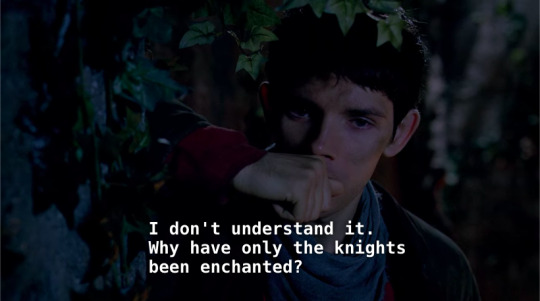
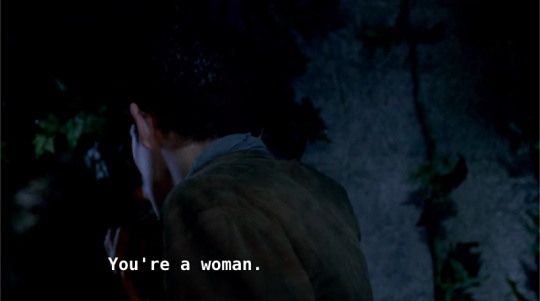
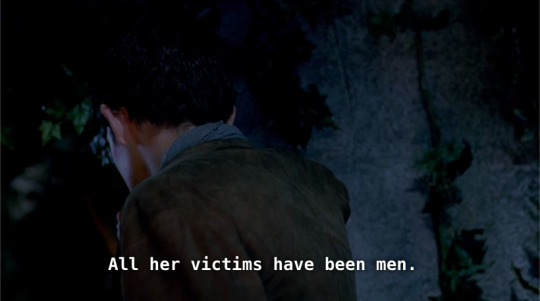
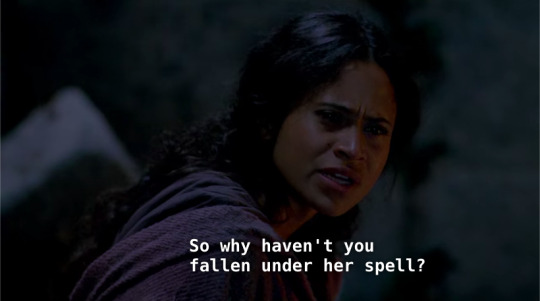
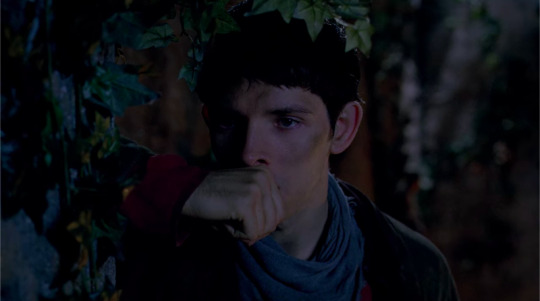
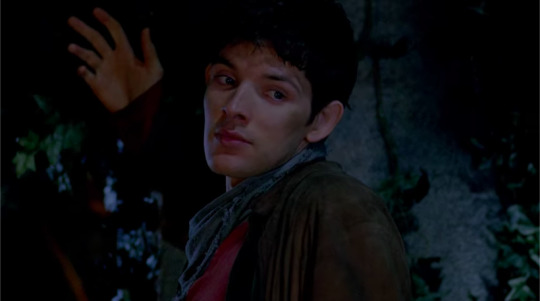
49K notes
·
View notes
Text
Ah these children who always create problems for poor mothers....
48K notes
·
View notes
Text
once i figure out how to do anatomy and facial expressions and proportion and foreshortening and basic perspective and color theory and composition then youll all be sorry
25K notes
·
View notes
Text
HOLD UP. YOU'RE TELLING ME THE OFFICIAL SUPERNATURAL YOUTUBE ACCOUNT POSTED AN HOUR LONG JOHN HATE COMPILATION?????
2K notes
·
View notes
